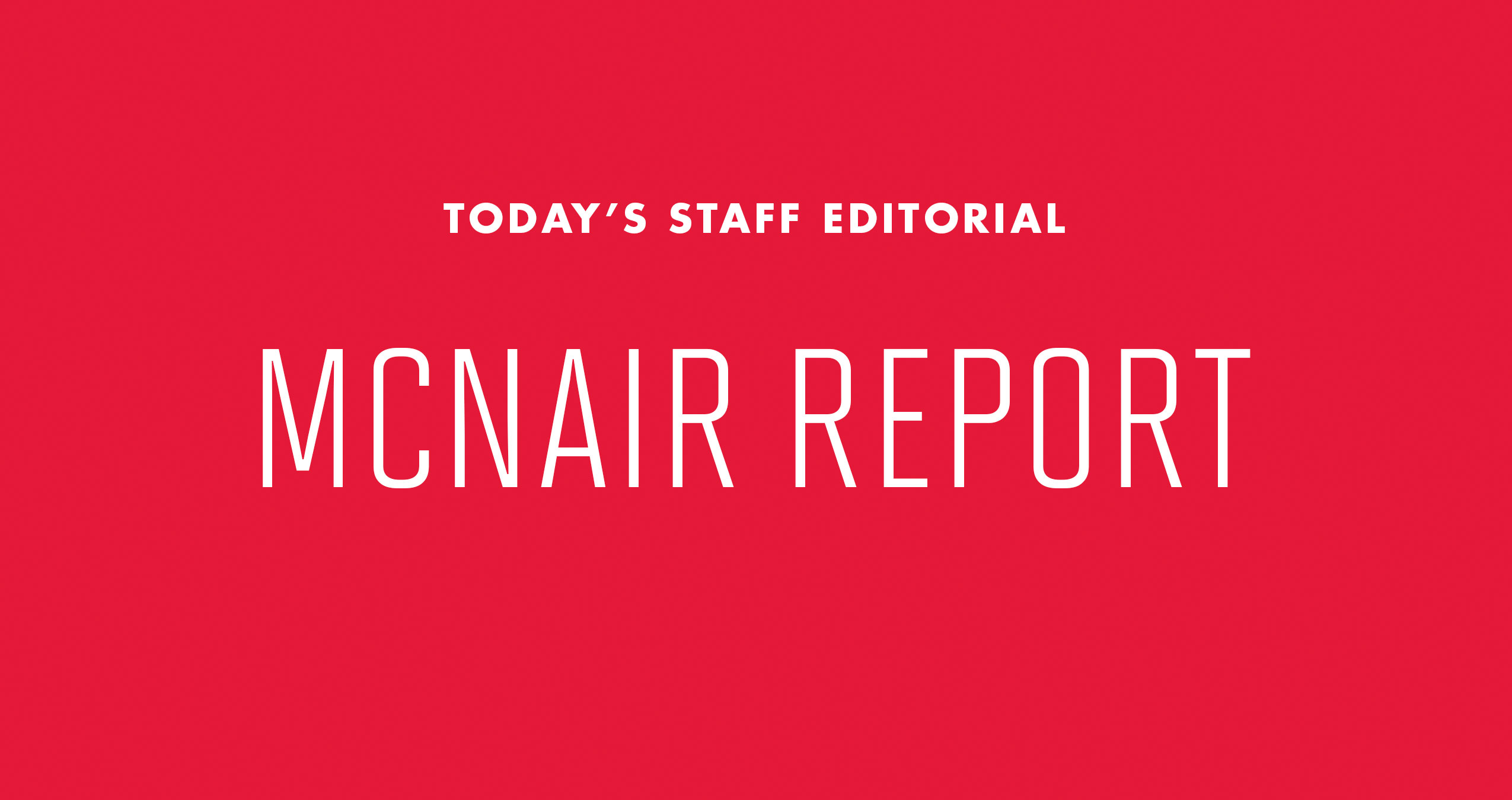Ever since Maryland football player Jordan McNair died, university officials have done everything in their power to avoid taking the blame themselves.
At first, the university kept things vague, withholding any potentially damaging information: Then-interim athletic director Damon Evans said McNair had “difficulty recovering” from a workout, received medical care, then somehow died 15 days later. Once we learned that he suffered heatstroke — a non-fatal ailment when treated properly — President Wallace Loh claimed the school accepted “legal and moral” responsibility, but still shifted the blame onto the training staff, sparing the coaches and the higher-ups.
This university wants us to believe that McNair’s death was an isolated incident, not an indictment of the school itself. But Dr. Rod Walters’ report, released on Friday, thoroughly debunks that narrative. Commissioned by the university to review its safety procedures, Walters found an unfathomable level of incompetence within the athletic department that led to McNair’s death.
The report contains far too much incriminating evidence for this editorial board to recap it all. Among the more damning findings:
-
The team’s head physician “was not actively involved” in training the staff to make sure they were using best practices in “all aspects of the work of athletic trainers.”
-
Due to construction, the May 29 workout was moved from Maryland Stadium to the practice fields. The training staff was “pressed to get the field setup,” because of the new location, and no ice tubs were present.
-
The university has an emergency action plan that “meets guidelines,” but the staff didn’t follow it. There were no rectal thermometers to check McNair’s temperature or “copious ice” for cooling.
-
The training staff didn’t recognize escalating symptoms that indicate the onset of heatstroke, including cramps, exhaustion, bending at the waist during his run and a “mental status change.”
-
The trainers didn’t use cold water immersion — a 100 percent effective treatment for heatstroke when implemented properly — because they feared McNair would drown due to his size compared to the “smaller stature” of the trainers. Instead, they relied on cold towels and ice packs, which Walters referred to as “inadequate cooling devices.”
-
When EMS was called, the staff didn’t give specific directions, so the ambulance initially drove to the wrong place. No one was assigned to meet and direct the ambulance once it arrived, causing further delays.
-
After the May 29 workout, the university took essentially no steps to document what had happened, breaking protocol and hindering Walters’ investigation, and information provided to the university administration two days after the workout “was not representative of activity and care on the field.”
On the surface, this reinforces what the university has said already: Only the trainers messed up, which led to McNair’s death. But errors of this magnitude indicate a systemic problem. The staff failed to take numerous basic precautions, couldn’t diagnose one of the most common causes of sudden death among athletes and caused numerous delays through sheer stupidity and an apparent ignorance of the emergency action plan. What does it say about the university that it hired a hopelessly incompetent staff?
Coach DJ Durkin has become a pariah in the wake of McNair’s death, and for good reason. But the report makes it clear that the problems extend far beyond Durkin. Head football athletic trainer Wes Robinson, who shouted at McNair as he was showing signs of heat exhaustion on the field, and athletic training director Steve Nordwall, who didn’t check McNair’s temperature after taking him indoors and put off calling 911, both preceded Durkin at this university — Robinson was hired in 2007, Nordwall in 2014.
Walters’ report paints a picture of an athletic department wholly unprepared for a crisis like this. Robinson and Nordwall are not lower-level employees making these errors. And by the university’s own admission, they failed in their basic duties. Every administrator in the athletic department, from athletic director Damon Evans on down, shares the blame for this.
Page 6 of Walters’ report contains this caveat: “This report excludes any assessment of specific personnel and consequently does not include any recommendations associated with staffing.” Be that as it may, this editorial board is more than comfortable making a few staffing recommendations. This investigation shows that the rot in this university’s athletic department is extensive, and nothing short of cleaning house will solve it.



